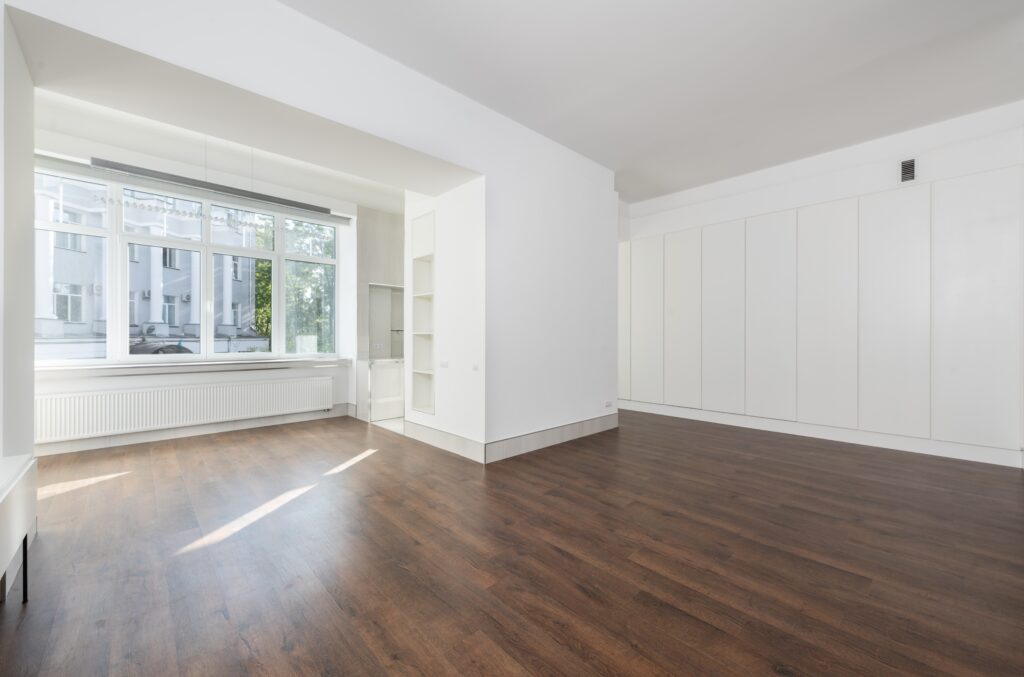One of the key benefits of engineered flooring is its stability. The layered construction helps prevent the planks from warping or swelling, which can be an issue with solid hardwood in environments with high moisture levels. This makes engineered flooring an excellent choice for kitchens, bathrooms, and basements, where water and humidity are more prevalent.
Another advantage is its versatility in installation. Engineered flooring can be installed using various methods, including nail-down, glue-down, or floating floor techniques. The floating floor method, in particular, is popular for DIY enthusiasts because it involves laying the planks over an underlayment without the need for nails or glue. This makes the installation process quicker and more straightforward.
In terms of aesthetics, engineered flooring offers the same beauty and elegance as solid hardwood. The top layer of real wood can be made from a variety of species, including oak, maple, cherry, and walnut, giving you a wide range of choices to match your home’s décor. Additionally, engineered flooring can come in different finishes and textures, from smooth and glossy to hand-scraped and distressed, allowing you to achieve the exact look you desire.




